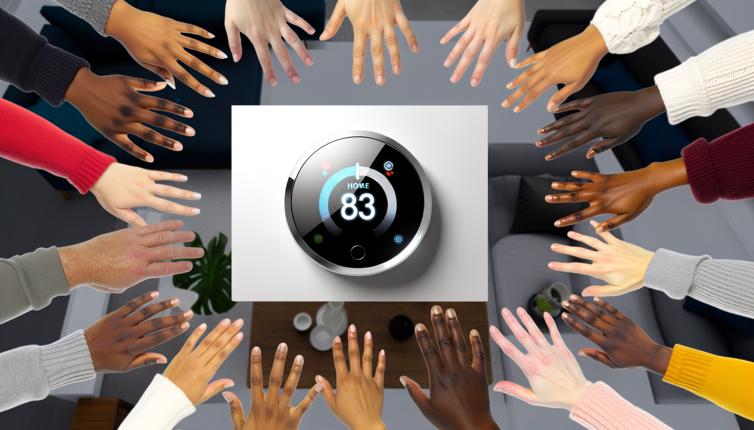Energy Efficiency
Compatibility with HVAC system: Before purchasing a smart thermostat, it is essential to ensure that it is compatible with your heating, ventilation, and air conditioning (HVAC) system. Some smart thermostats only work with specific types of HVAC systems, so it is crucial to check the compatibility.,Energy-saving features: Look for smart thermostats that offer energy-saving features such as programmable schedules, learning capabilities, and occupancy sensors. These features can help optimize your HVAC system's energy usage and reduce wasteful heating and cooling.,Energy reports and insights: Some smart thermostats provide detailed energy reports and insights, allowing you to track your energy usage and identify opportunities for further energy savings. Consider choosing a smart thermostat that offers these features if energy efficiency is a top priority for you.,Integration with other smart devices: If you have other smart devices in your home, such as smart lights or smart appliances, consider choosing a smart thermostat that can integrate with them. Integration allows for more advanced energy-saving automation and coordination between different devices.
Comfort
Temperature control features: Look for smart thermostats that offer precise temperature control and allow you to set your preferred temperature with ease. Some advanced thermostats even offer room-specific temperature control, ensuring that different areas of your home are heated or cooled to the desired level of comfort.,Humidity control: If you live in a region with high humidity levels, consider choosing a smart thermostat that includes humidity control features. These thermostats can help maintain a comfortable indoor humidity level, improving the overall comfort of your living space.,Adaptive learning: Smart thermostats with adaptive learning capabilities can learn your temperature preferences and daily routine over time. This allows the thermostat to automatically adjust the temperature to your liking, ensuring optimal comfort without manual intervention.,Smart home compatibility: If you have a smart home system, look for a smart thermostat that is compatible with it. Integrating your thermostat with your smart home system can provide enhanced comfort by allowing you to control the temperature using voice commands or through a mobile app.
Conclusion
Selecting a smart thermostat that prioritizes both energy efficiency and comfort is essential. By considering factors such as compatibility, energy-saving features, temperature control, and integration with other smart devices, you can find a smart thermostat that meets your specific needs. Remember to consult user reviews and compare different models before making a final decision. With the right smart thermostat, you can enjoy energy savings, increased comfort, and a more sustainable home.








